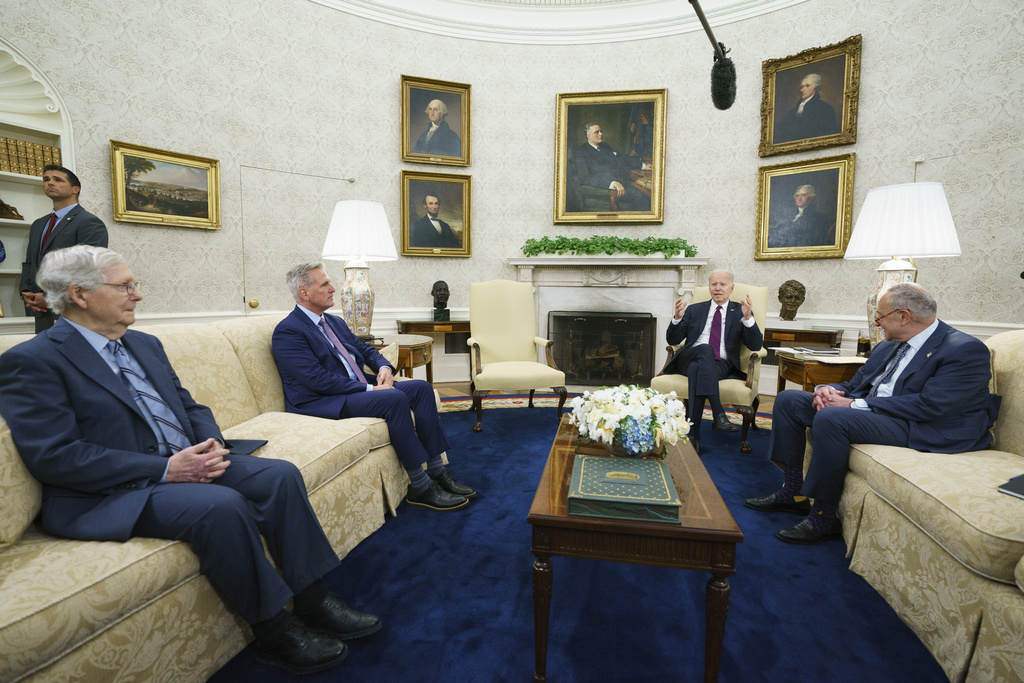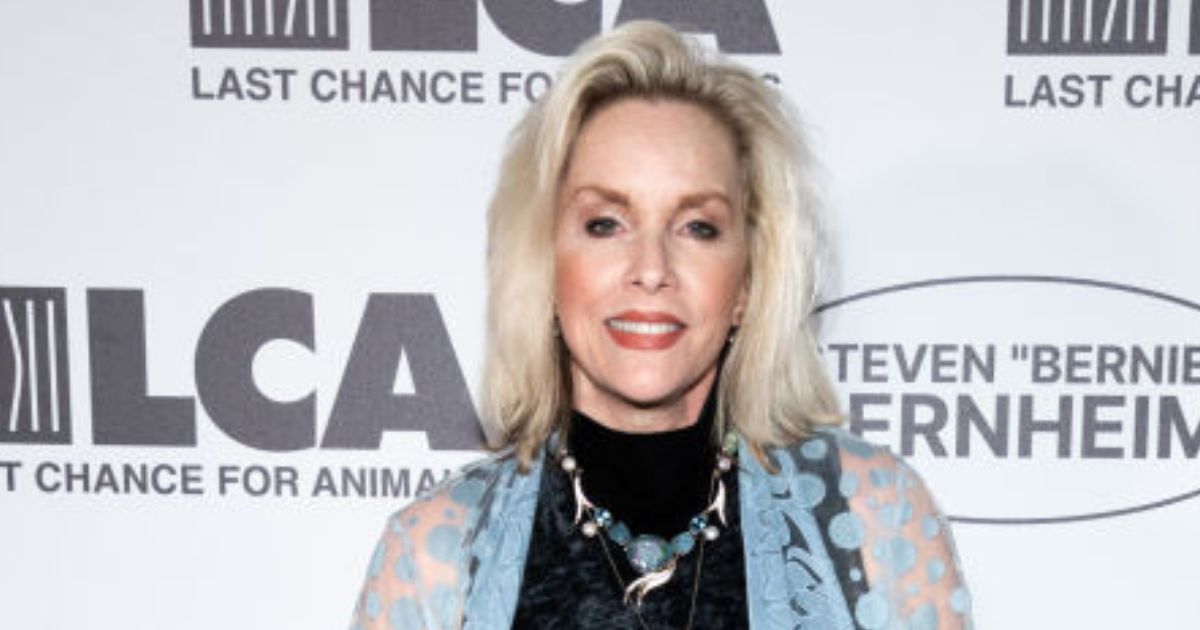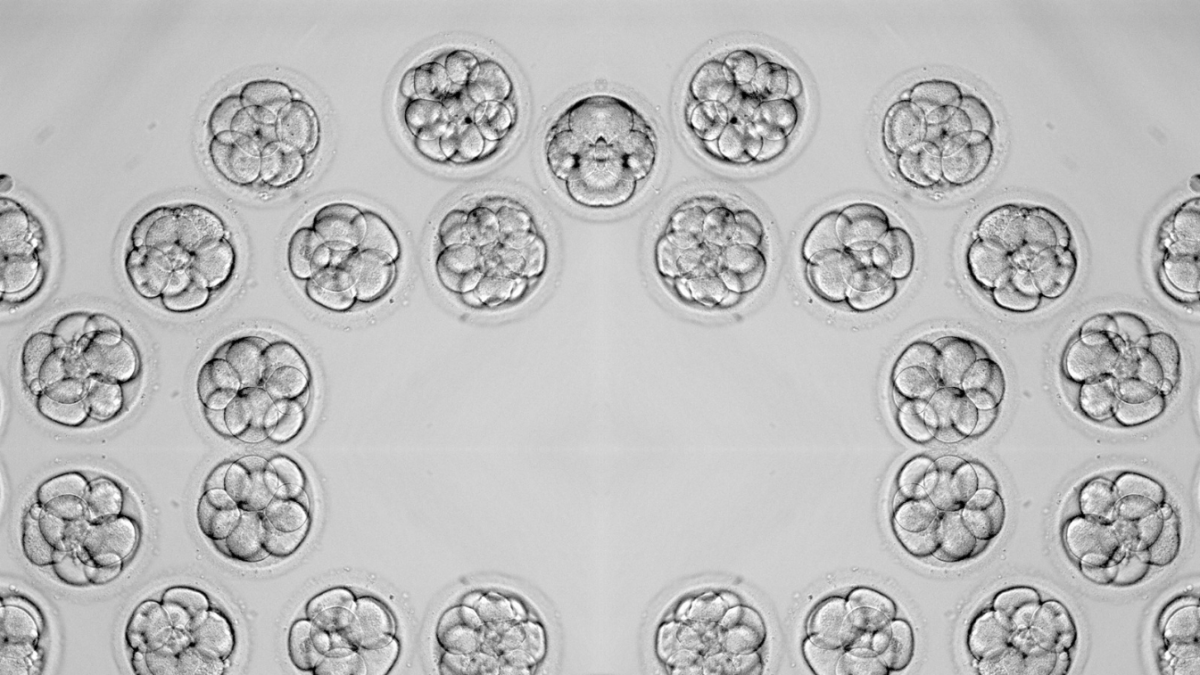Reflections on Crown Heights, 30 Years Later

The Crown Heights Riot of 30 years ago is barely remembered today. One of its primary instigators, Sonny Carson, has been forgotten. My introduction to Carson, once an important figure in Brooklyn politics, came in 1990 when I walked from my home in Victorian Flatbush to Church Avenue.
Walking along Church I heard shouting. There was some kind of tumult erupting. The Family Red Apple grocery store was being picketed by Carson and his minions.
An ugly dispute had broken out between the Korean owner of the store and Giselaine Felissaint, a Haitian woman. The owner charged she had stolen goods, while Felissaint said she paid for them. Carson insisted that the Koreans’ 24-hour greengroceries were setting out to destroy the black communities and black culture. He insisted that the store be transferred to black ownership, and his goons threatened anyone who entered the store. As I did. Demonstrators shouted, “We make you into chop suey” in mock-Chinese accents. Carson declared, “We’re at war” and stood outside the Red Apple shouting, “Funerals, not boycotts.”
Carson, a Korean War veteran who achieved notoriety for threatening white, mostly Jewish teachers during the 1968 Ocean Hill-Brownsville Kulturkampf strike, bragged, “I transformed thousands of black kids into little Sonny Carsons.” One of the kids he inspired was the young Al Sharpton.
In 1974 Hollywood produced a hagiographic biopic, The Education of Sonny Carson. The movie, typical of its time, depicted Carson’s thuggery as being of a piece with black revolutionary violence. The movie depicted Carson’s shakedowns in the best possible light. In 1975, Carson was sentenced to four to seven years in prison in connection with the killing of a man accused of robbing a Brooklyn hotel. After his prison term Carson would make famous the “No Justice, No Peace” slogan later adopted by Sharpton.
Mayor David Dinkins for months declined to enforce a court order against Carson’s picketing against the Red Apple. Much to the mayor’s embarrassment the picketing would go on for 16 months, draining his authority. (Dinkins was elected in the wake of Ed Koch’s three-term mayoralty as a racial healer. His victory in the 1989 Democratic primary was in large part a reaction to the murder of Yusef Hawkins by a white mob in Bensonhurst, Brooklyn. But Dinkins allowed his authority to dribble away.)
In 1991, New York’s already overheated racial resentments were egged on by the rantings of a demented college professor, Leonard Jeffries, who insisted that Jews were primarily responsible for the slave trade. Racial resentments were then brought to a boil by the unfortunate accident in Crown Heights, Brooklyn, a center of Hasidic life in the United States since the 1920s. The 20,000 Lubavitcher Hasidim of Crown Heights were an anomaly. While most Jews fled the violence of the 1970s and ’80s in New York, the Lubavitchers stood their ground.
On the night of Monday, Aug. 19, the Grand Lubavitcher Rebbe Menachem Schneerson’s driver sped through an intersection. The car that followed Schneerson through what was by then a yellow or red light collided with a vehicle that forced his station wagon onto the sidewalk and into Gavin and Angela Cato, two children of West Indian immigrants. The boy died. The driver, Yosef Lifsh, was being dragged from the car when the police and EMS arrived to rescue him. Within hours police received calls about a riot in Crown Heights. Angry crowds set cars on fire, threw rocks, and shouted, “Hitler didn’t finish the job.” Rain was forecast for Tuesday, but it didn’t come. What did come was a mob, whipped up by Sonny Carson, attacking whites and cops who seemed unable to respond.
“Wednesday was worse,” Thomas Dyja recalls in New York, New York, New York. “As cameras rolled, black kids screamed about Hitler and burned Israeli flags.” The noted columnist Jimmy Breslin was pulled from his car and beaten. Violence continued and was intensified by Al Sharpton’s denunciation of Jewish diamond merchants.
In the midst of the rioting, Yankel Rosenbaum, a religiously observant Jewish academic from Australia, was fatally stabbed.
Dinkins and his police commissioner Lee Brown, nicknamed “Out of Town Brown” for his frequent absences, were slow to take control of the situation. Rhetorically at least the Hasidim and some of their supporters escalated the situation when they began talking about the riot as a “pogrom.” Ineptly used in this instance, “pogrom” referred to state-sponsored anti-Semitic riots in Eastern Europe. But the mayor, a friend of Israel, far from sponsoring the violence, tried to tamp it down. Hurt by the unfair use of the word, Dinkins nonetheless was inept in managing the violence. Blacks responded by talking about the accident that killed Gavin Cato as a “lynching.”
The polemical escalations had limited effect: On the third day of rioting, when Out of Town Brown seemed unable to curb the violence, Ray Kelly, the deputy police commissioner, broke the chain of command and seized control of the situation. Within hours the rioting was brought to a close.
A few months later at Park Slope’s Beth Elohim, the most influential and affluent Reform Jewish congregation in Brooklyn, a large crowd gathered, filling the vast auditorium. Charles Hynes, the Brooklyn DA, addressed the audience ineptly. The crowd wasn’t much taken by Hynes’s remarks, nor did they seem emotionally invested in what had happened in Crown Heights. Of the hundred or so that were there, only three people vocally expressed any sense of connection with the Lubavitchers, the most tolerant and open of the Hasidic sects in New York City. To listen to the people who attended the forum at Beth Elohim, that earned them little sympathy. The crowd didn’t like Hynes, but, divided by the Enlightenment, neither did they express any connection to their fellow Jews in Crown Heights.
They saw the collision between the blacks and the Hasidim of Crown Heights as a clash between two groups both alien to them.
The riot also had a very limited political effect: Rudy Giuliani, who had lost narrowly to Dinkins in 1989, narrowly defeated him in 1993. The political margin came not from riot-torn Brooklyn but from Staten Island. Thanks to Gov. Mario Cuomo, an item about Staten Island secession had been placed on the ballot and drew out a surge of voters.
Today tensions between blacks and Jews remain, but the fears of the time which saw a prospect of repeated “pogroms” proved unfounded. The lasting impact of Crown Heights came in that it propelled Ray Kelly to the center of New York life. He would later become police commissioner for Mayor Michael Bloomberg’s 12-year tenure.
The Jews of Crown Heights, who had felt abandoned by other Jews during the rioting, repaired their relationship with the neighborhood’s West Indian blacks. But while there is little chance that the peculiar circumstances that triggered the riot can be repeated, there is some chance that a visibly Jewish white man will inadvertently kill an African-American child. The danger then, as we have seen in so many cities, will be that the flames of hatred will be allowed to burn unchecked.
The hazard is that there may not be a Ray Kelly to save the day.
Fred Siegel is an editor at the Manhattan Institute’s City Journal.
" Conservative News Daily does not always share or support the views and opinions expressed here; they are just those of the writer."






